pulmonary amyloidosis
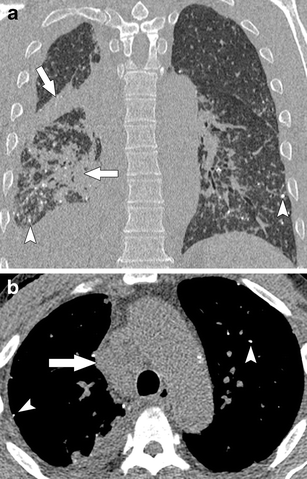
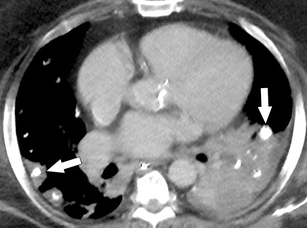
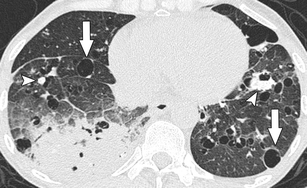
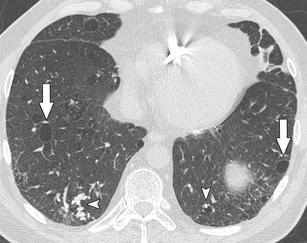
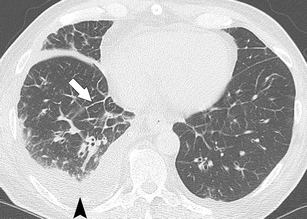
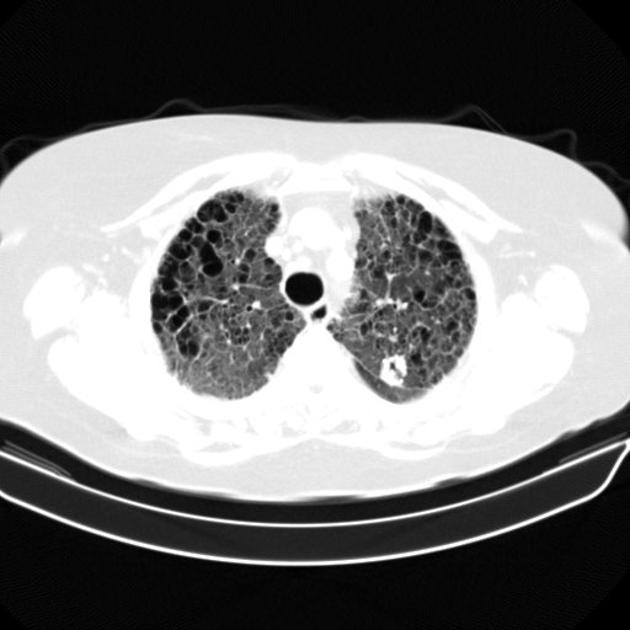
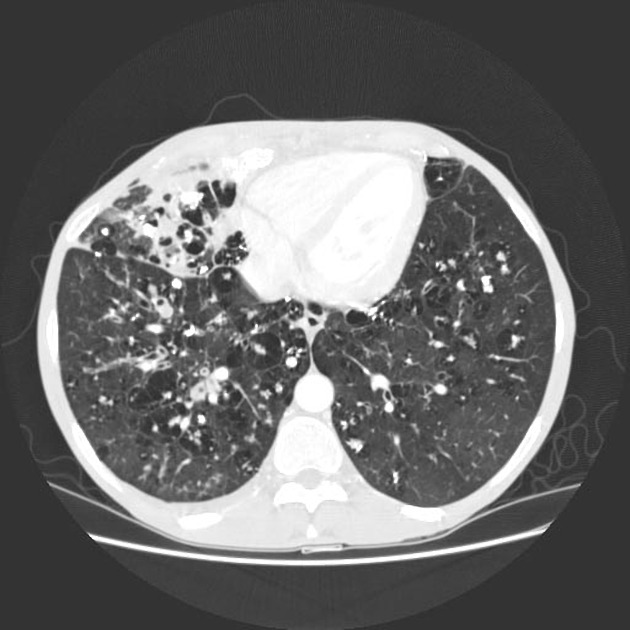
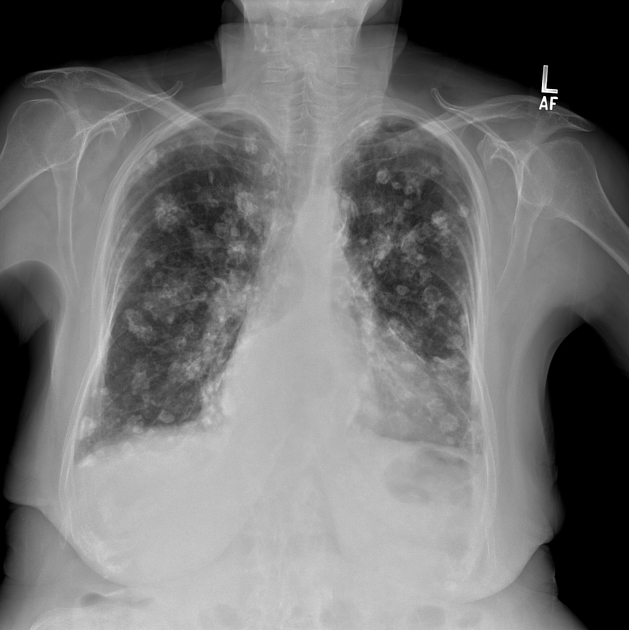

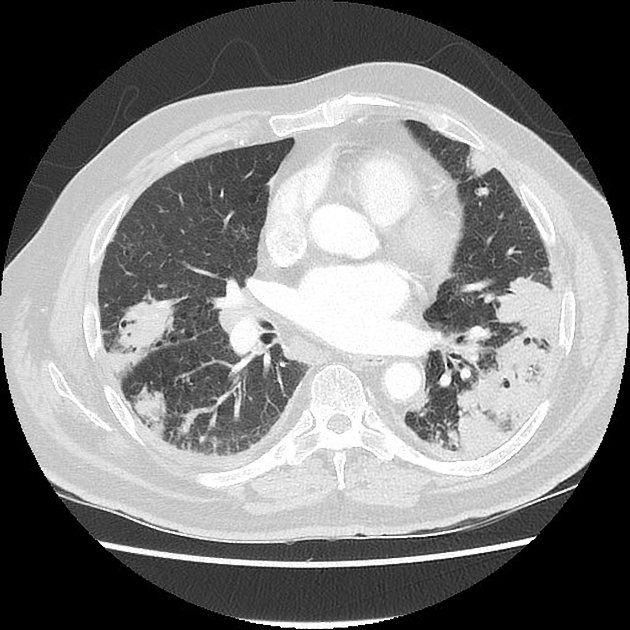
Pulmonary amyloidosis is a rare manifestation of amyloidosis characterized by the lung parenchyma involvement. Two patterns are described:
- nodular parenchymal amyloidosis (more common)
- diffuse parenchymal amyloidosis (least common type)
Sometimes tracheobronchial amyloidosis is included under this entity, although the term thoracic amyloidosis is more accurate.
Epidemiology
Amyloidosis is of unknown incidence but estimated to happen in approximately 8 in 100,000 people from Western Europe and the United States .
Pathology
The disease is characterized by extracellular deposition of fibrillary protein in the lungs. With lung parenchymal involvement there are two distinct forms:
- nodular parenchymal amyloidosis / nodular pulmonary amyloidosis (more common)
- diffuse parenchymal amyloidosis / diffuse pulmonary amyloidosis / alveolar septal amyloidosis / diffuse interstitial amyloidosis (least common type)
The disease can be primary or secondary where the term primary pulmonary amyloidosis is given when the disease is confined to the lungs . With pulmonary amyloidosis, the primary form tends to be more common . 30% of patients with primary pulmonary amyloidosis are ultimately diagnosed with multiple myeloma or B cell lymphoma, and 10-15% of patients with myeloma or lymphoma will develop pulmonary amyloidosis .
The most common pulmonary manifestation is amyloid deposition in small pulmonary artery branches .
Associations
Radiographic features
There are many imaging patterns depending on the form and it may be better to refer to individual subtypes.
See also
Siehe auch:
- Amyloidose
- Sjögren-Syndrom
- noduläre pulmonale Amyloidose
- diffuse pulmonale Amyloidose
- diffuse interstitial amyloidosis
- tracheo-bronchial amyloidosis
und weiter:

 Assoziationen und Differentialdiagnosen zu Amyloidose der Lunge:
Assoziationen und Differentialdiagnosen zu Amyloidose der Lunge:

